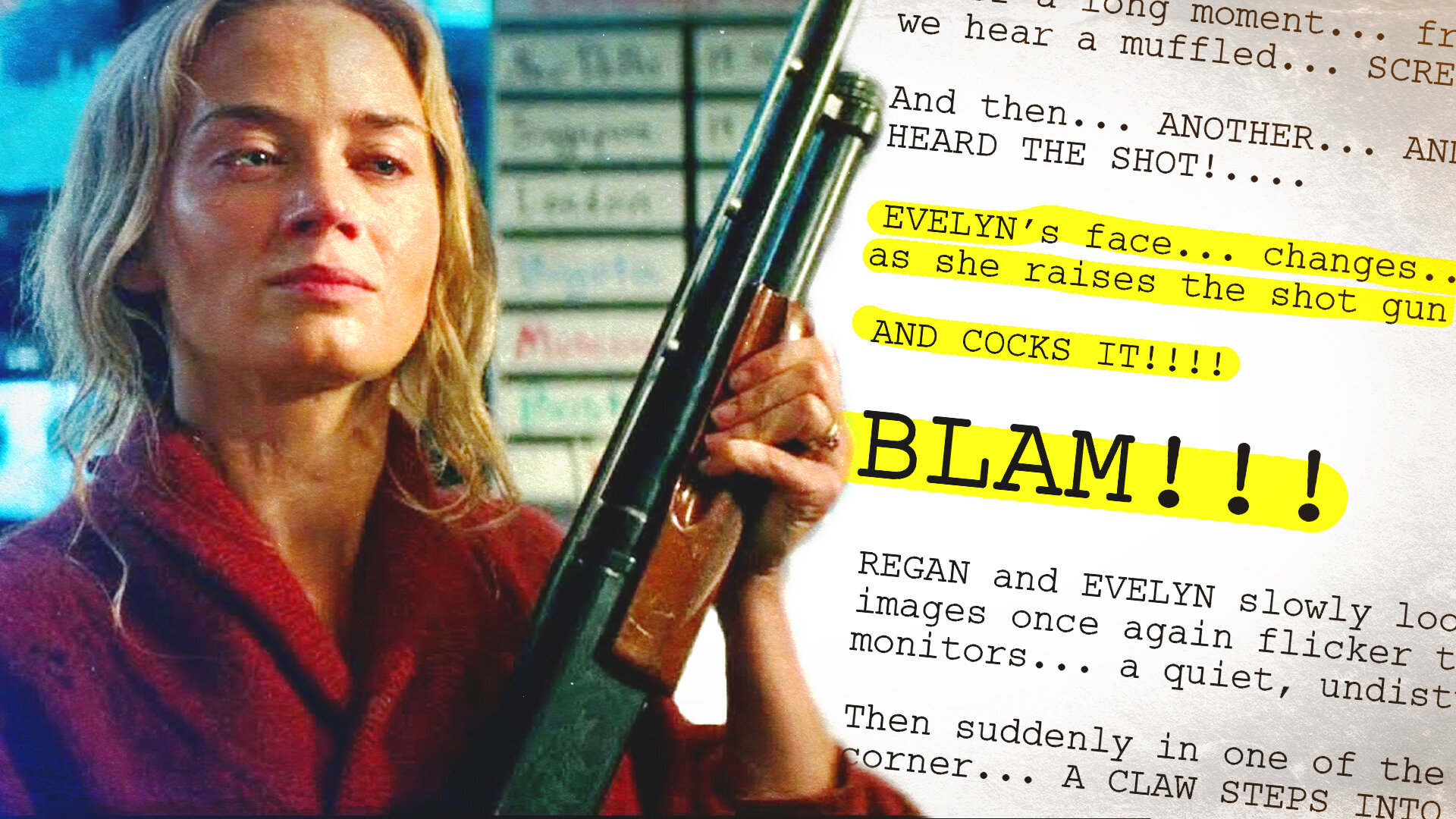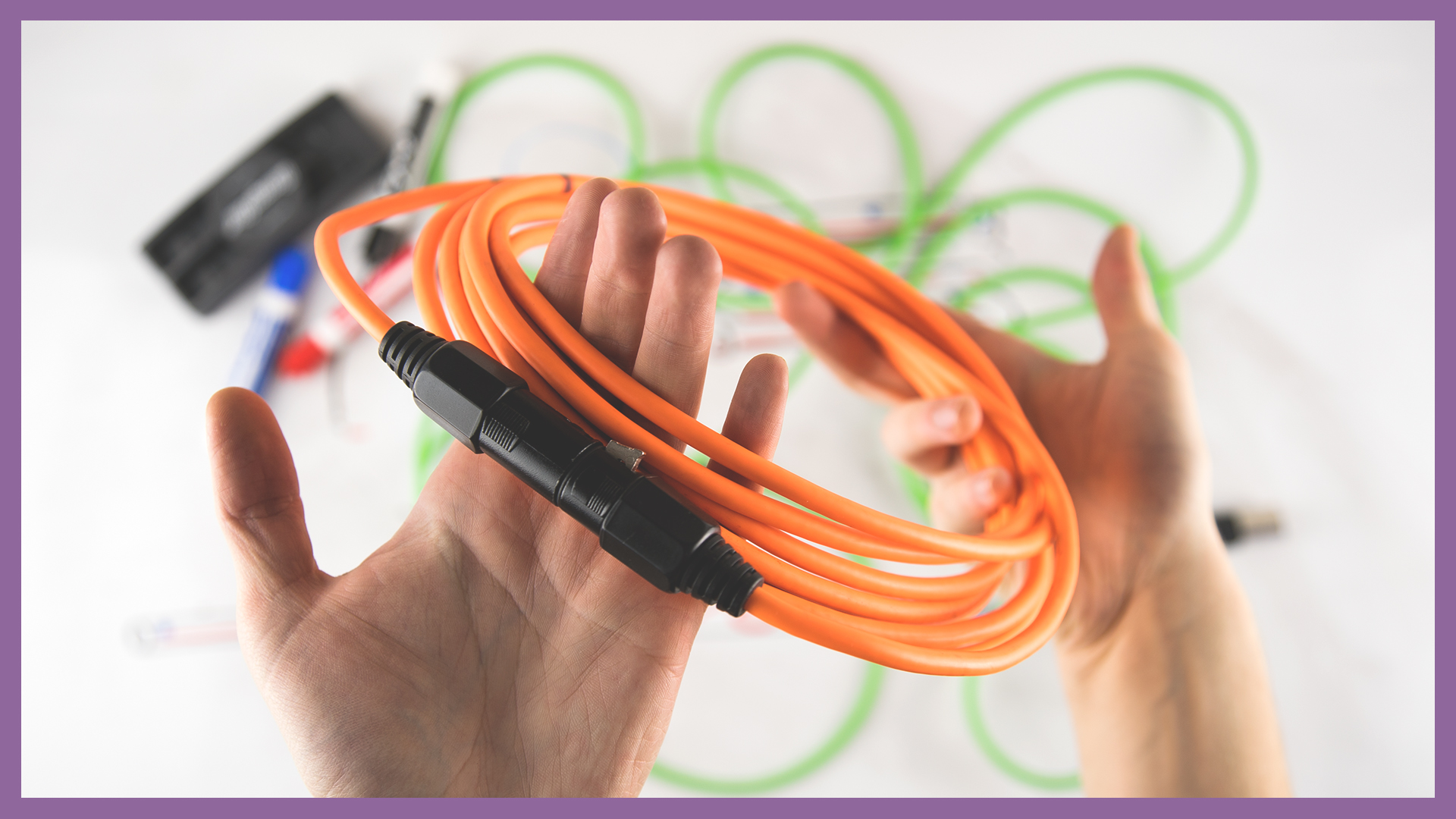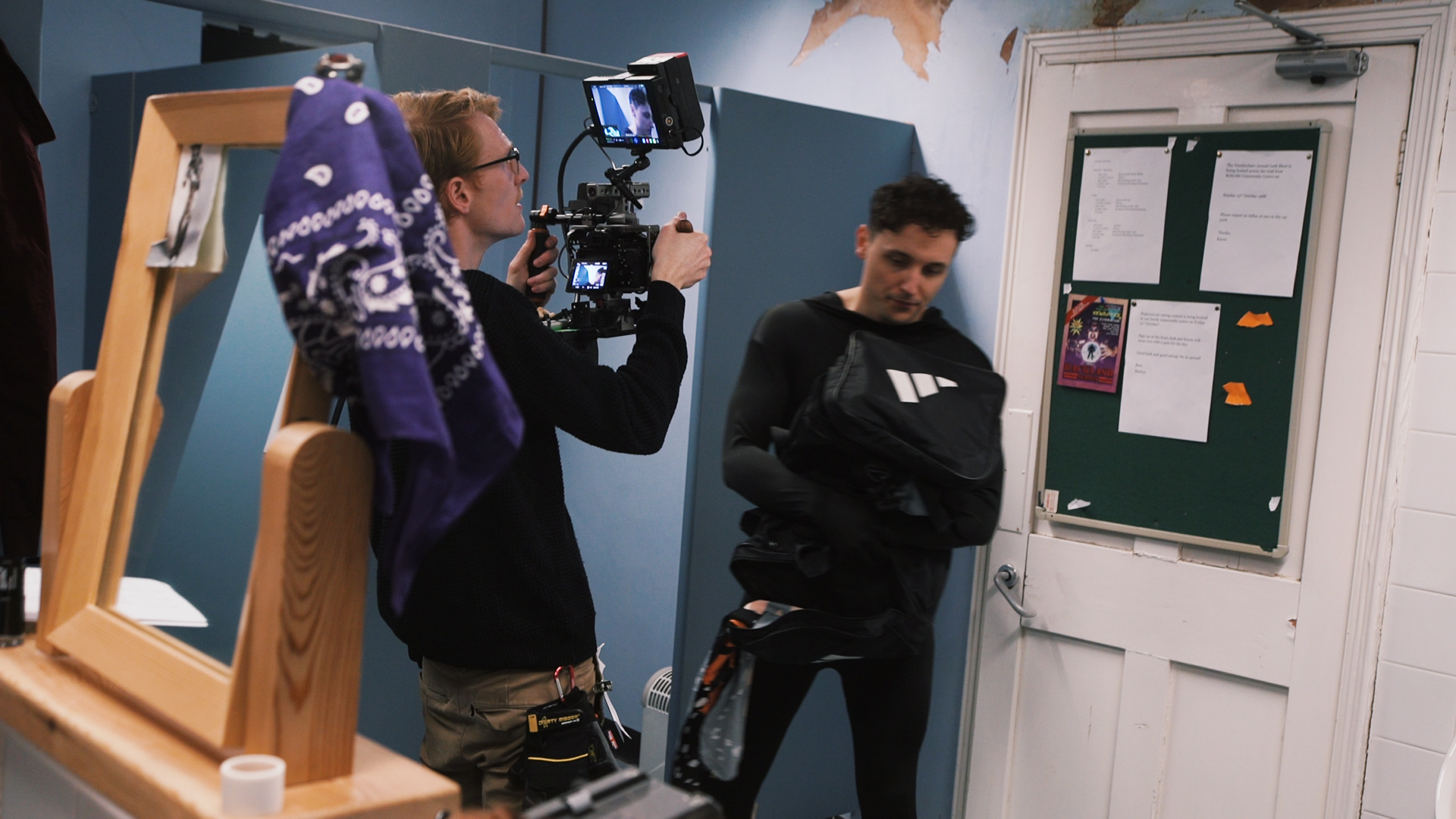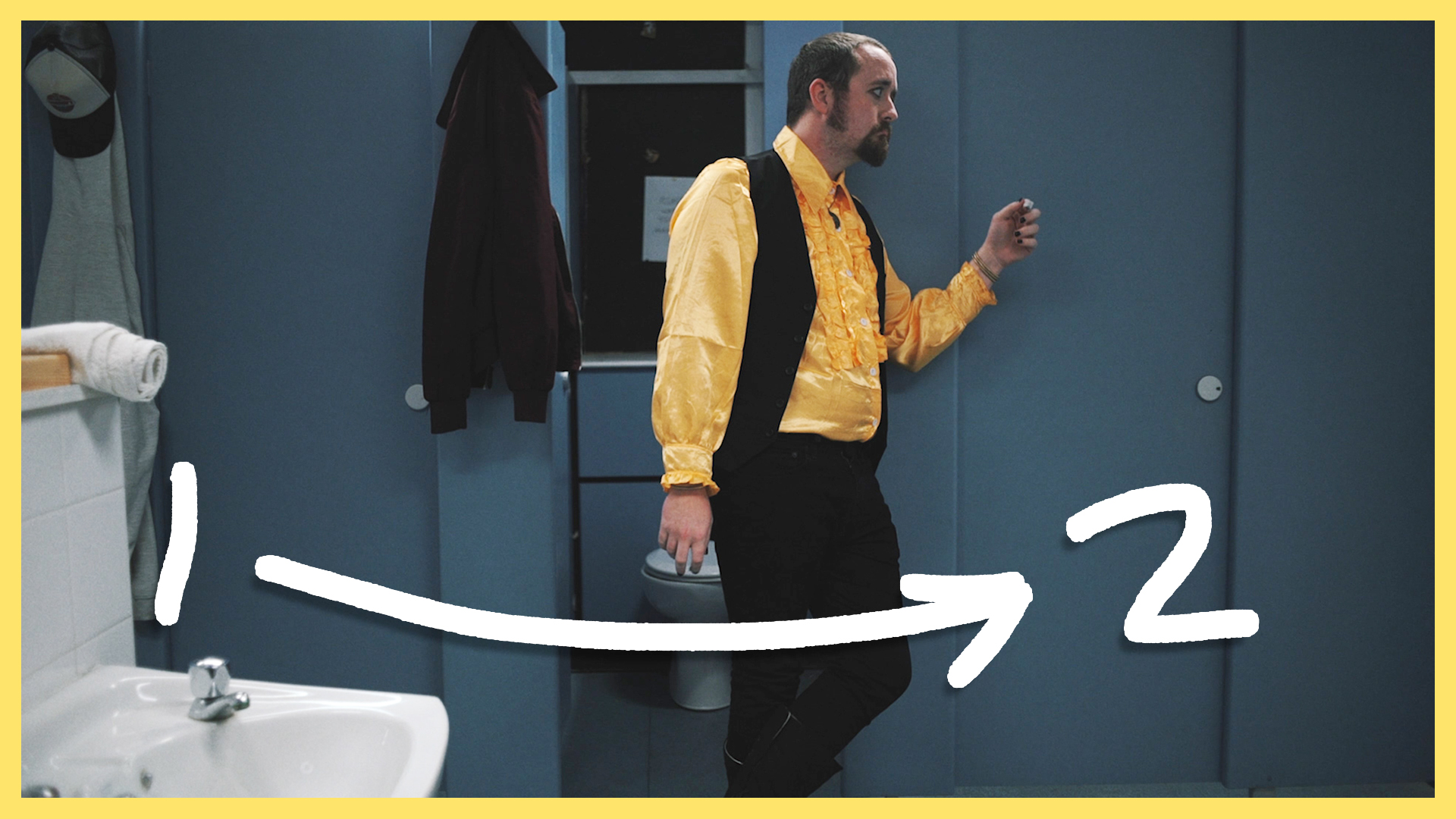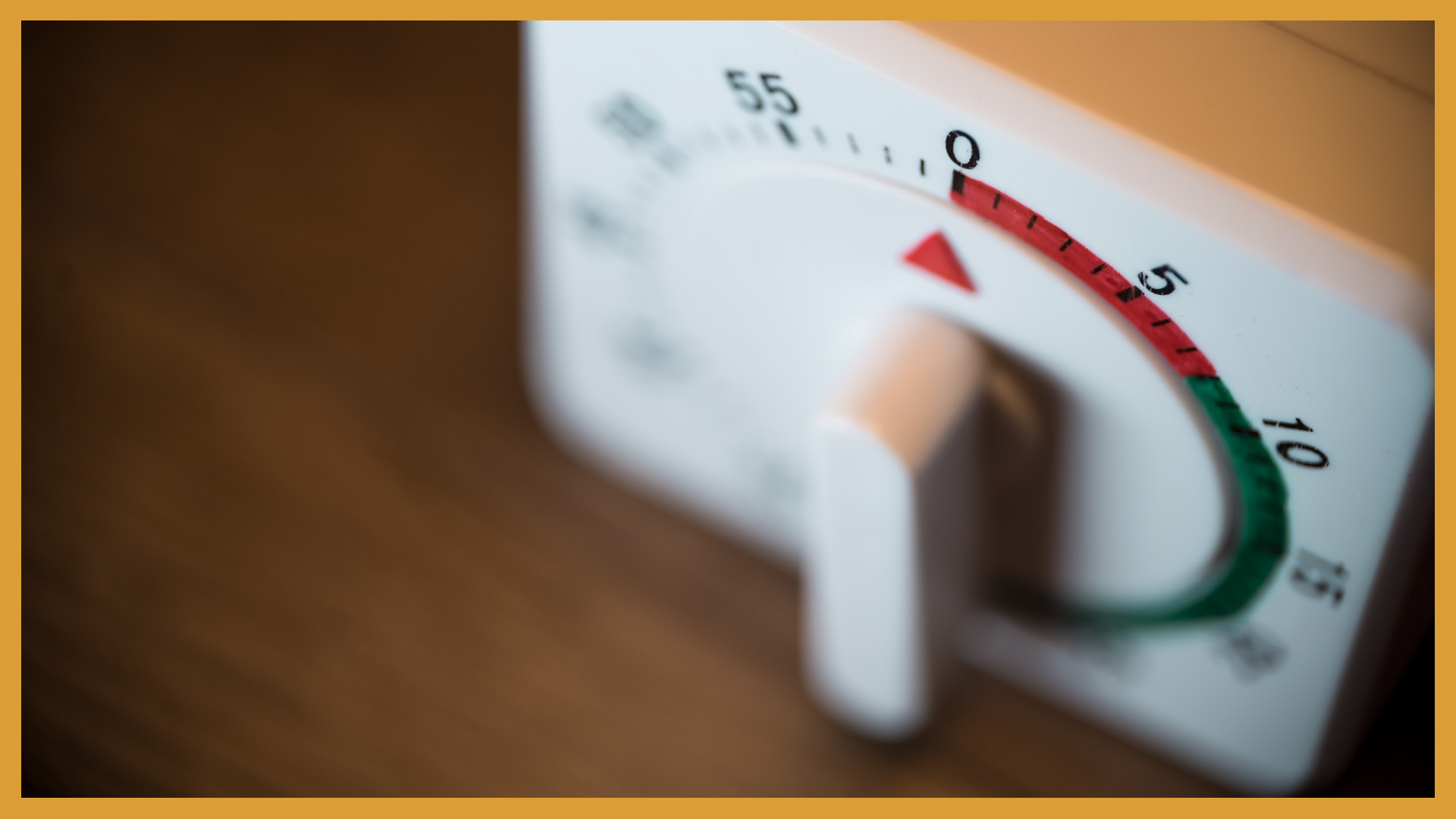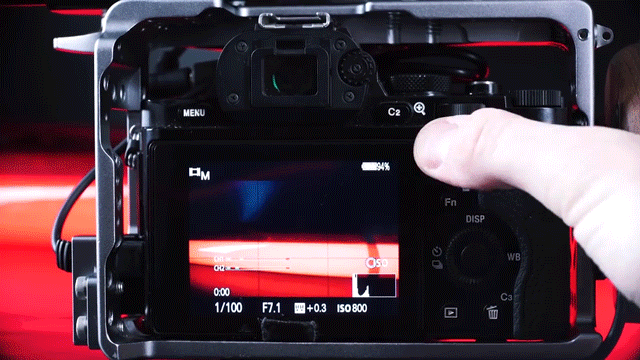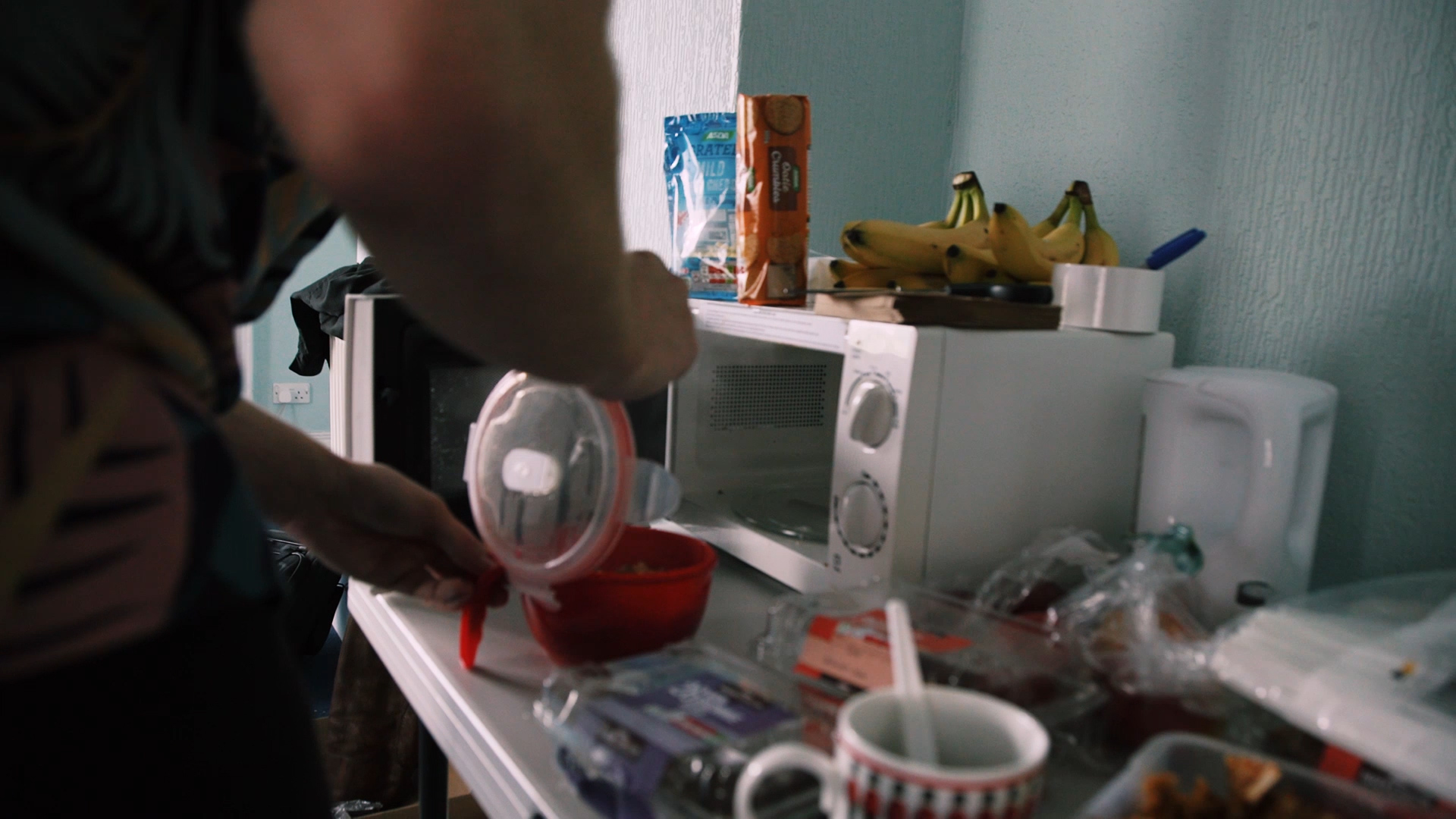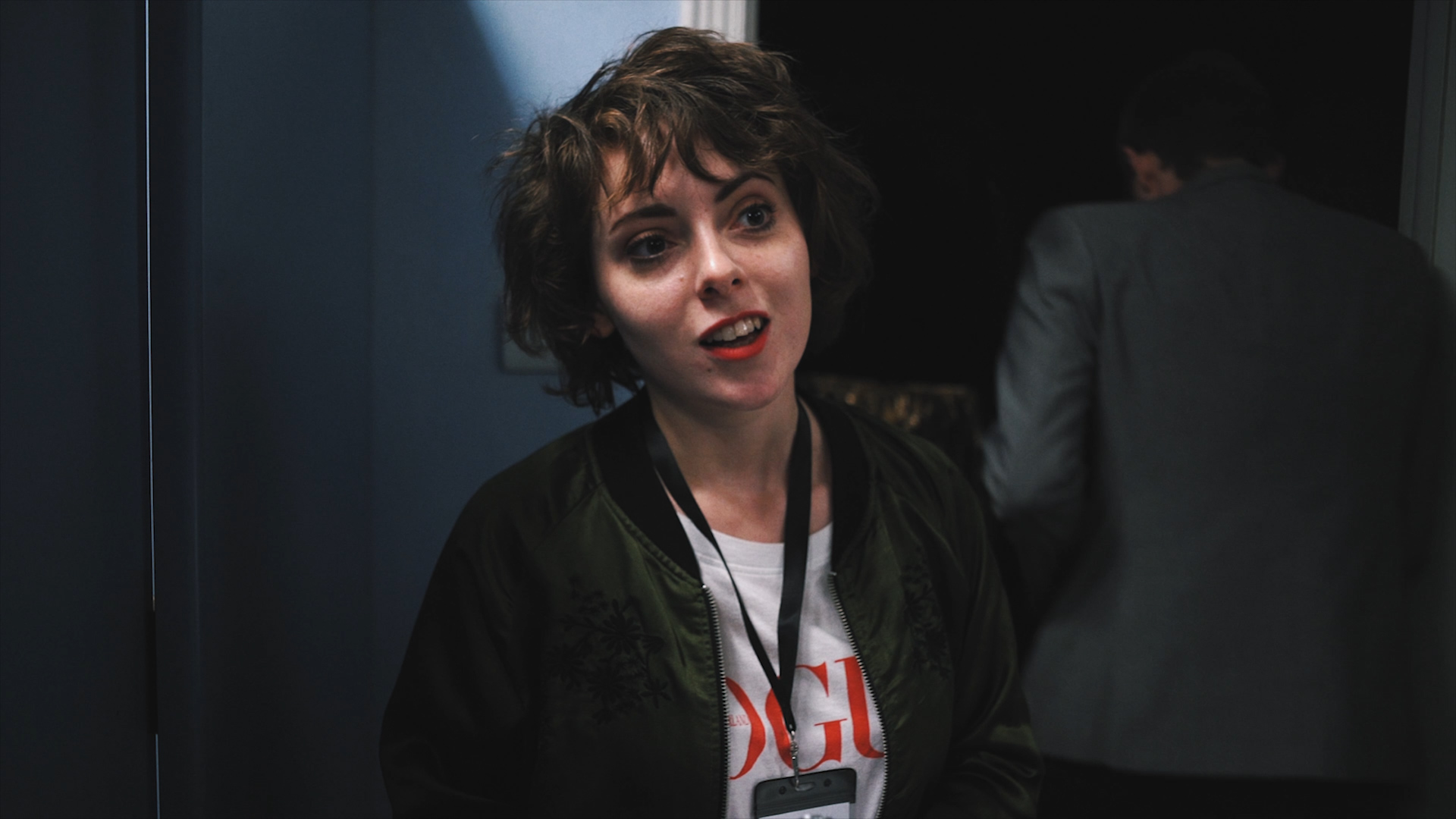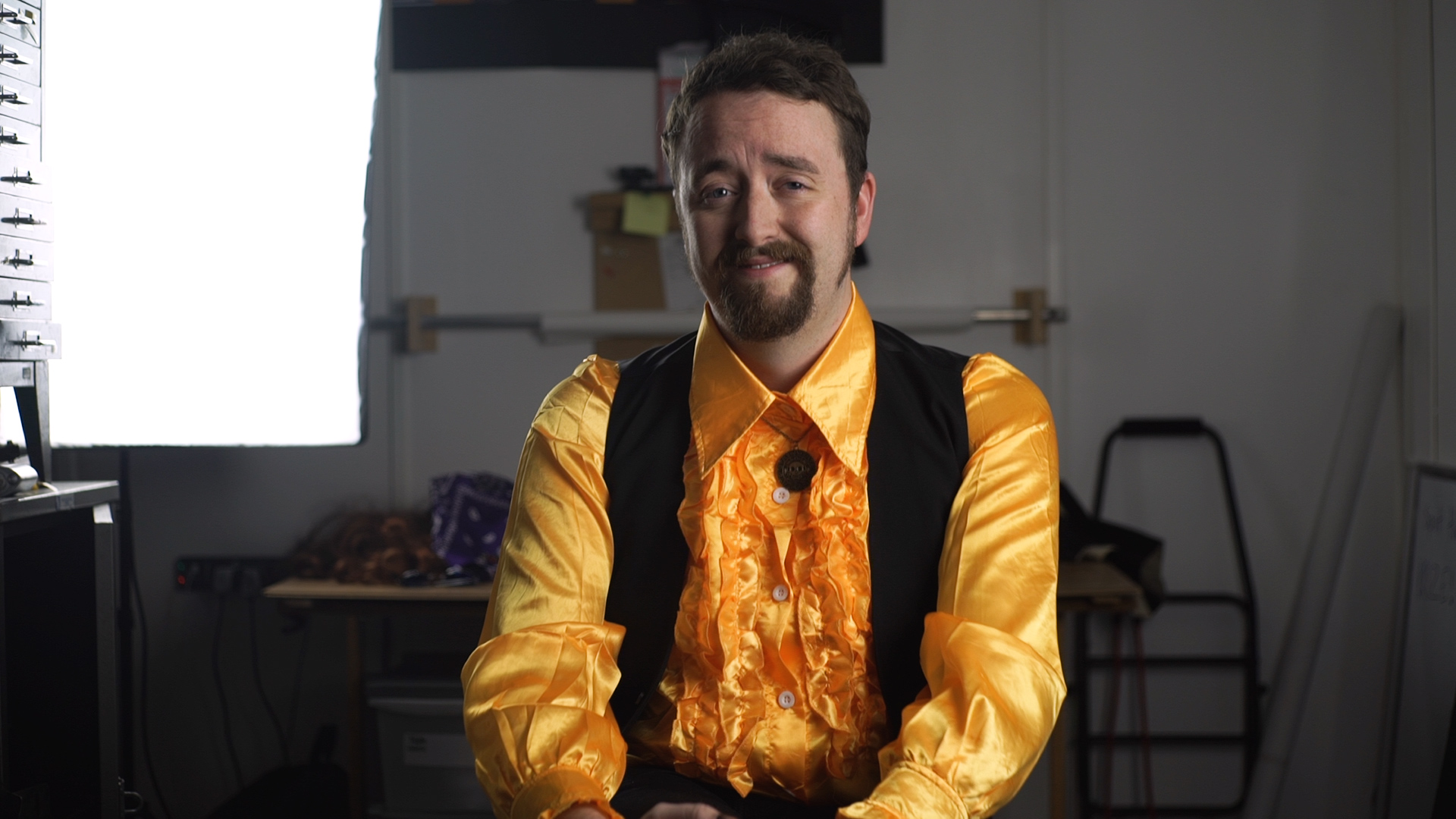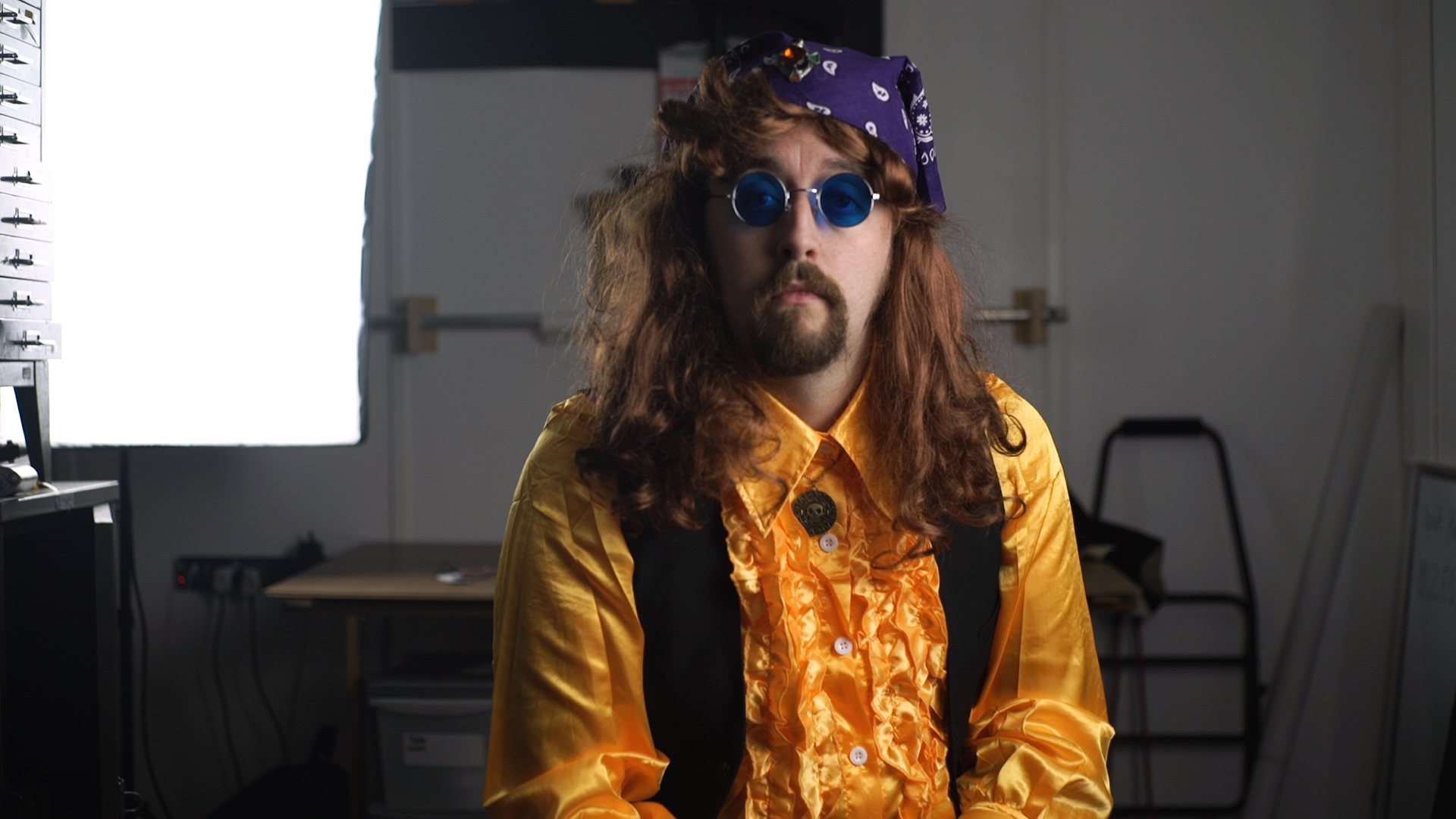The ANDYCINE A6 comes with a few accessories. The articulating arm is a huge plus in my eyes. It makes configuring the monitor really easy, its built very well, and has a cold shoe for a small on-board microphone.
You also get an HDMI to mini HDMI cable. No use to me as the Sony a7s uses Micro HDMI, but still a nice addition. It includes a sunshade which velcros on, super lightweight and really handy. And the whole package comes with a reasonably tough shelled zip bag.
�
WHO IS THIS FOR?
Firstly you’ve got vloggers and self-shooters. Because of the way it’s designed, with the easy flip screen and function buttons, it’s a great tool to frame yourself up and check focus.
Then you’ve got camera operators, especially those on the DIY and independent level. The monitor is cheap, does the job, it’s lightweight, and it’s a brilliant stepping stone to something a bit more expensive down the line.
PRICE
It’s currently priced at £180 and $180 US. It’s a little bit more expensive than some other monitors we’ve used like the Feelworld 759 and Pergear A7s, but i’d have to say it’s totally worth the money.
It has a fantastic screen, some great functions for exposure and framing, and I prefer the size to some of the more bulky 7 inch monitors. All in all, this is a great budget 5.7 inch monitor. And if you squint hard enough, if almost looks like a Small HD focus.
